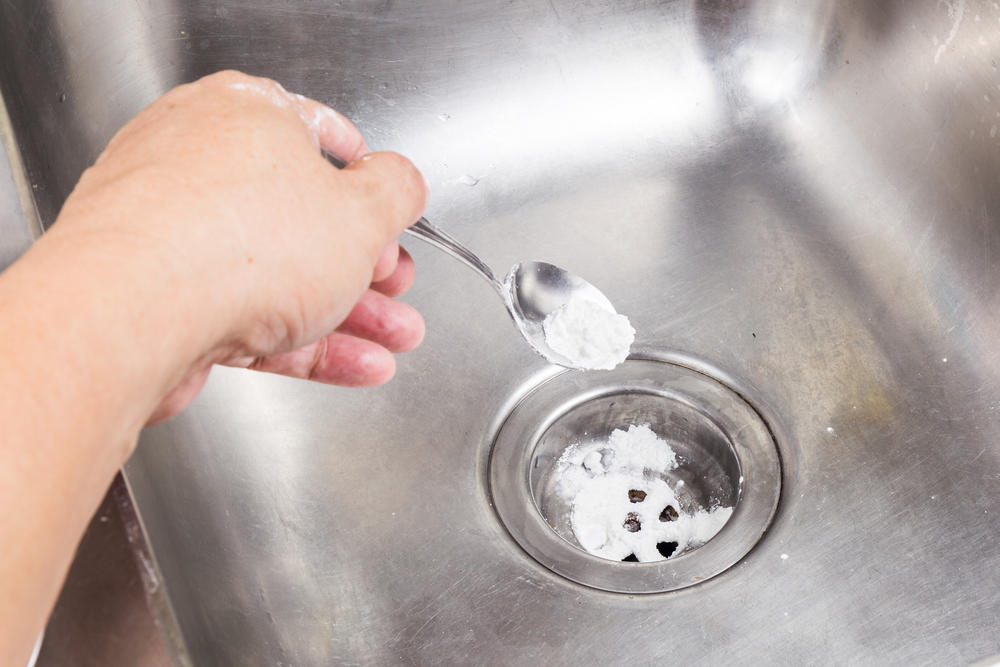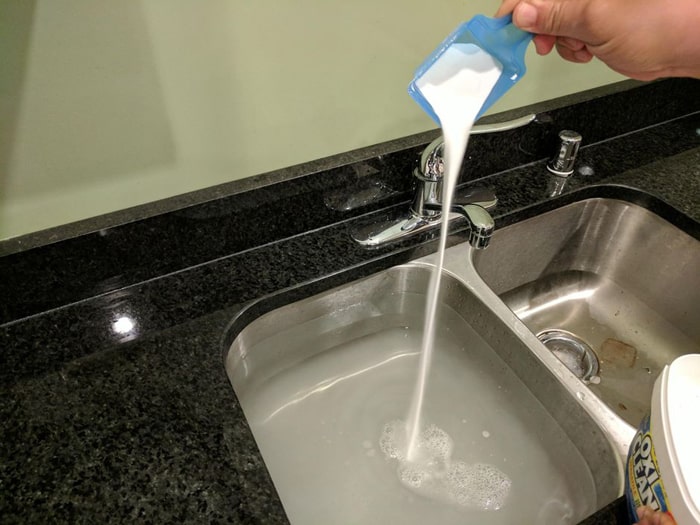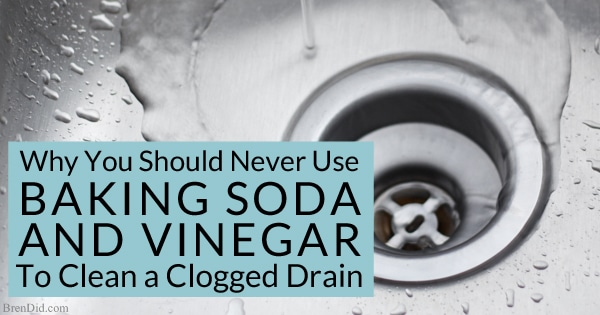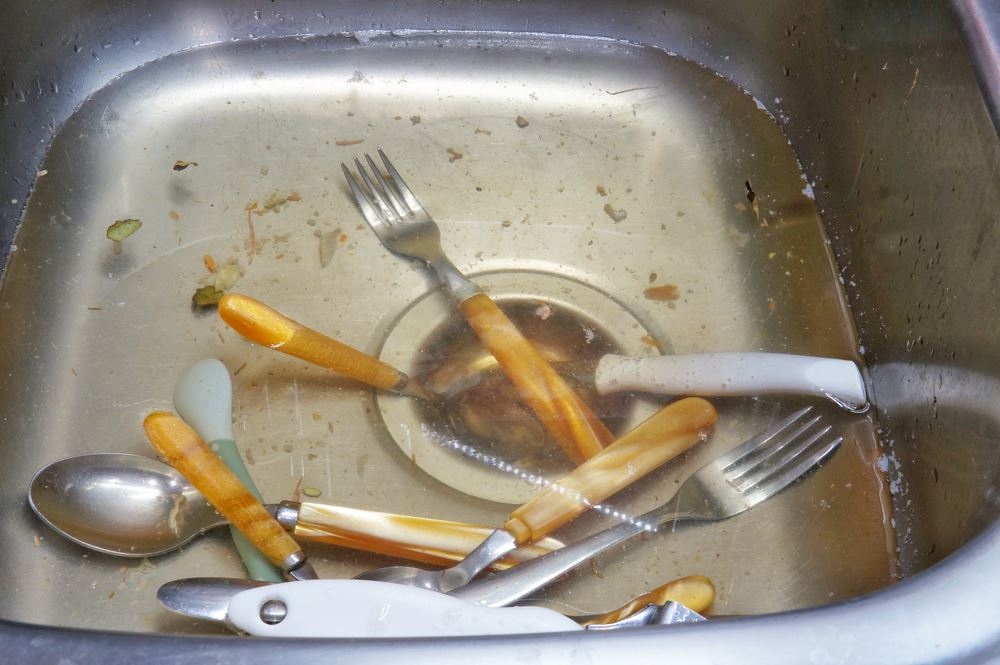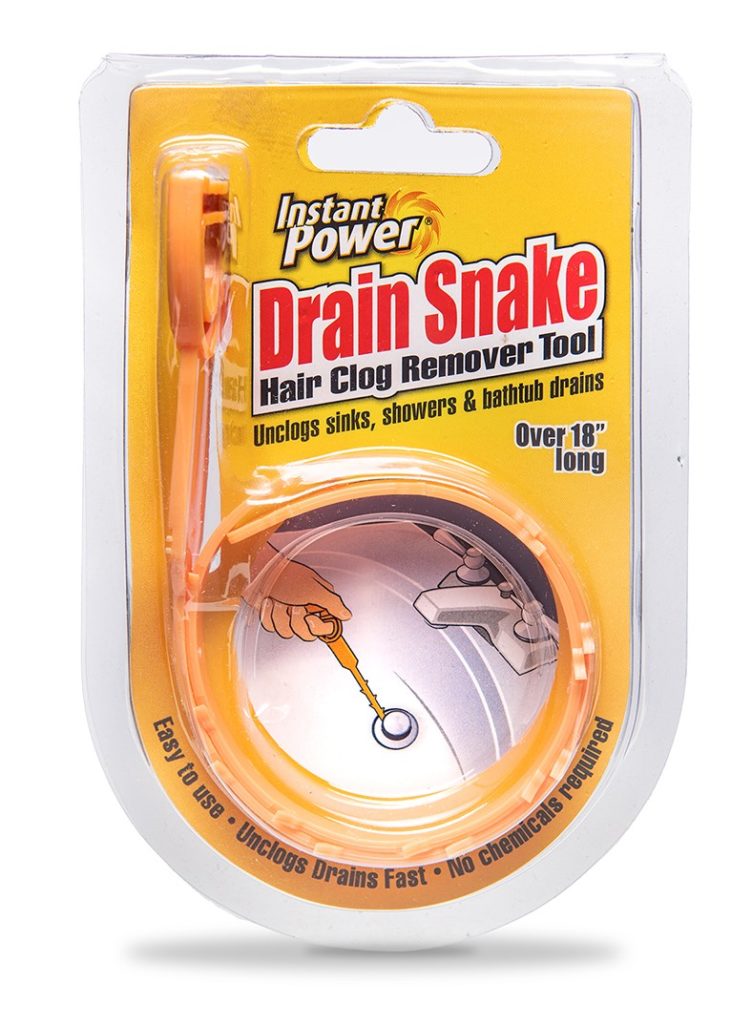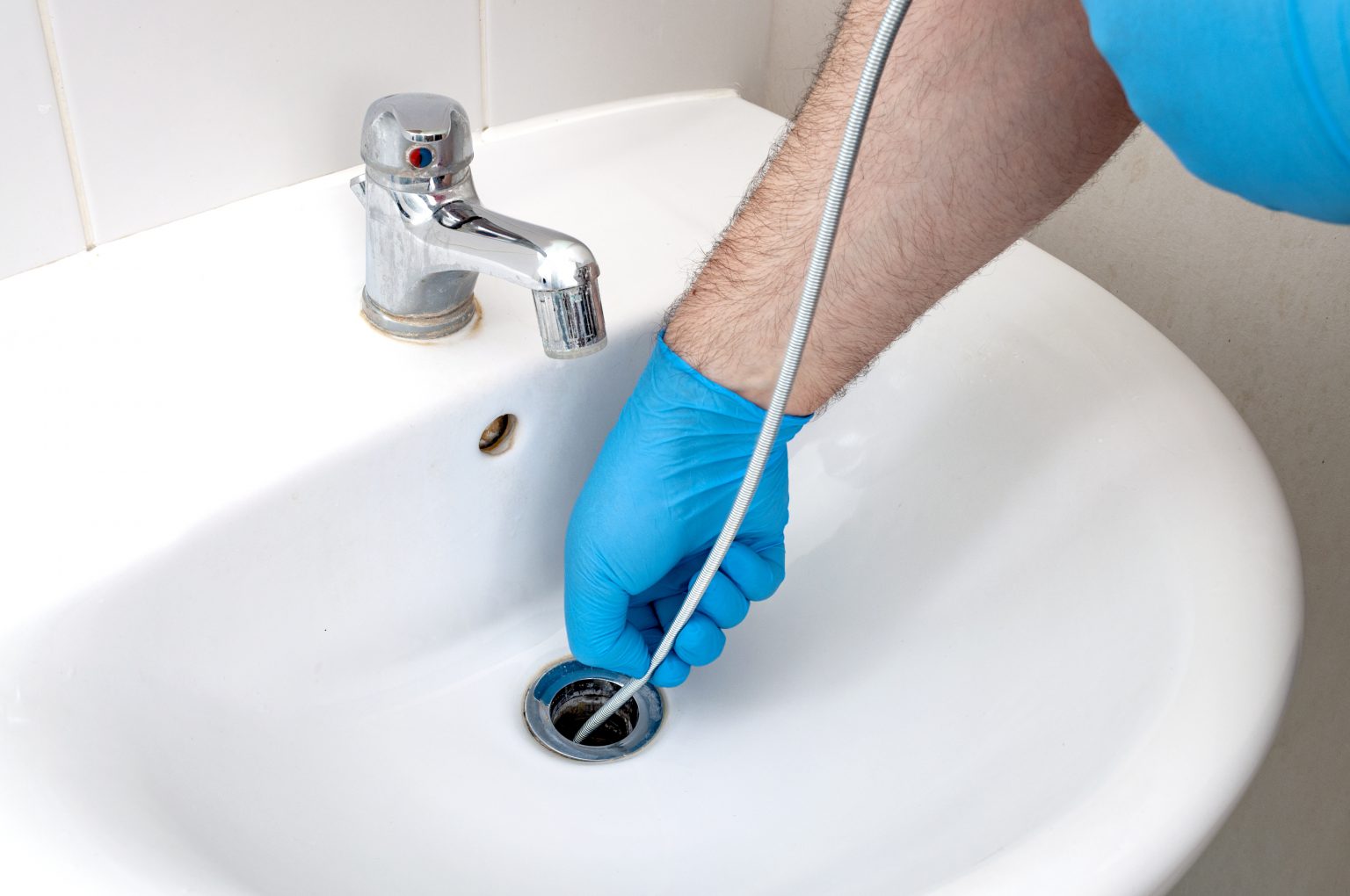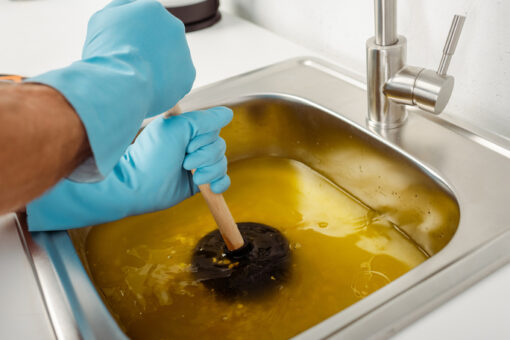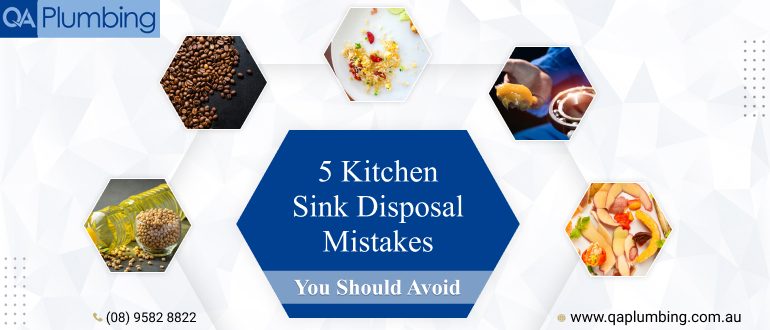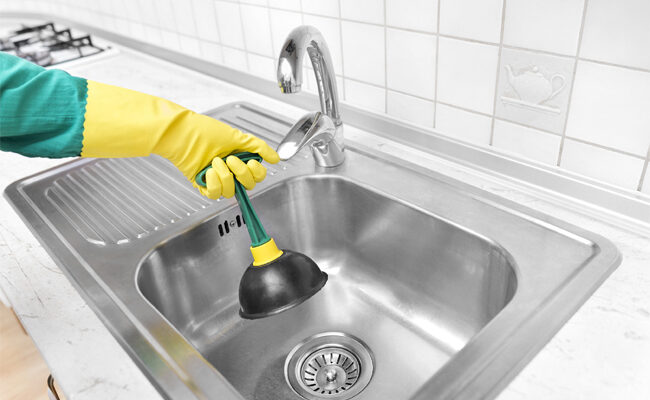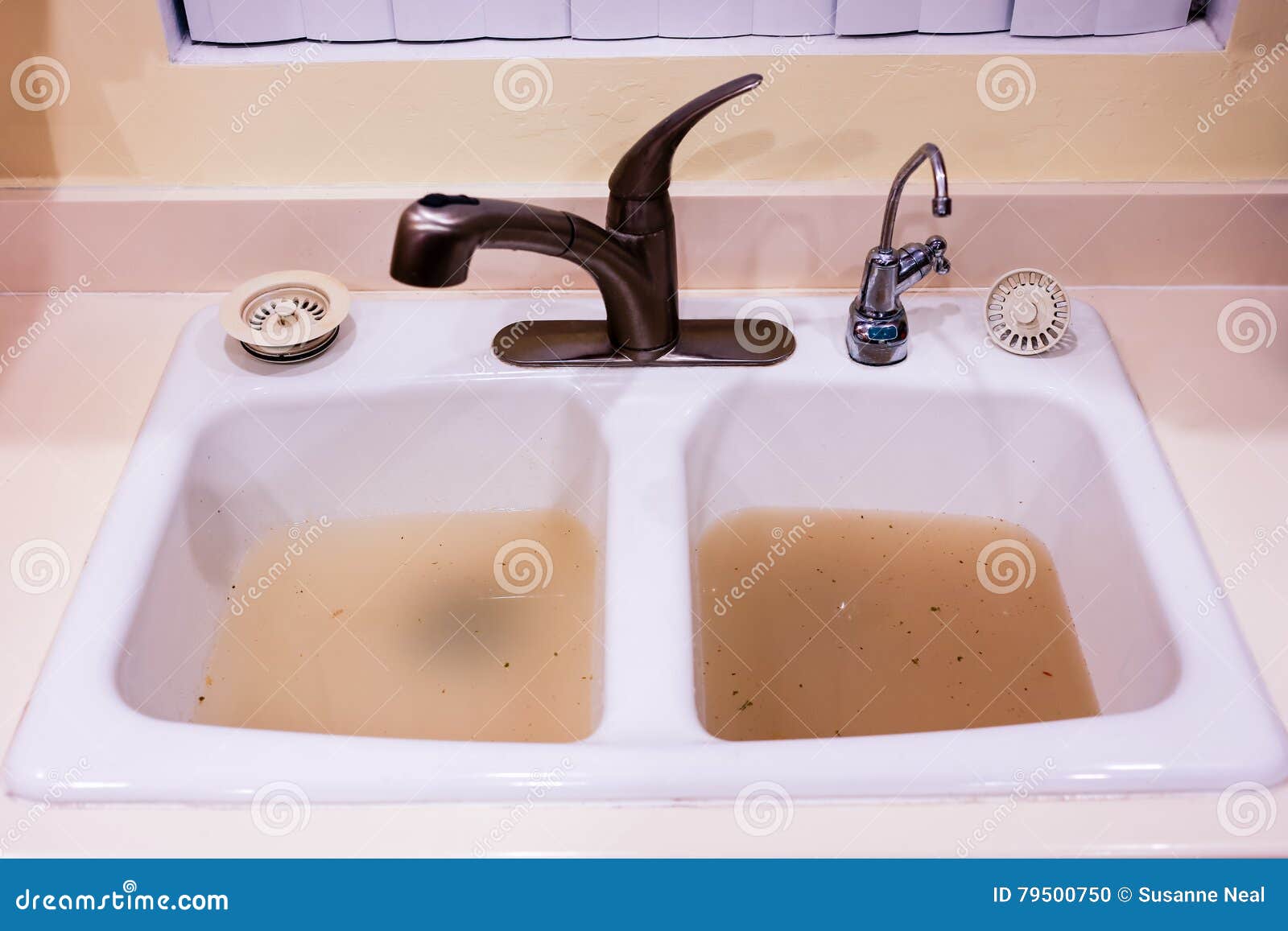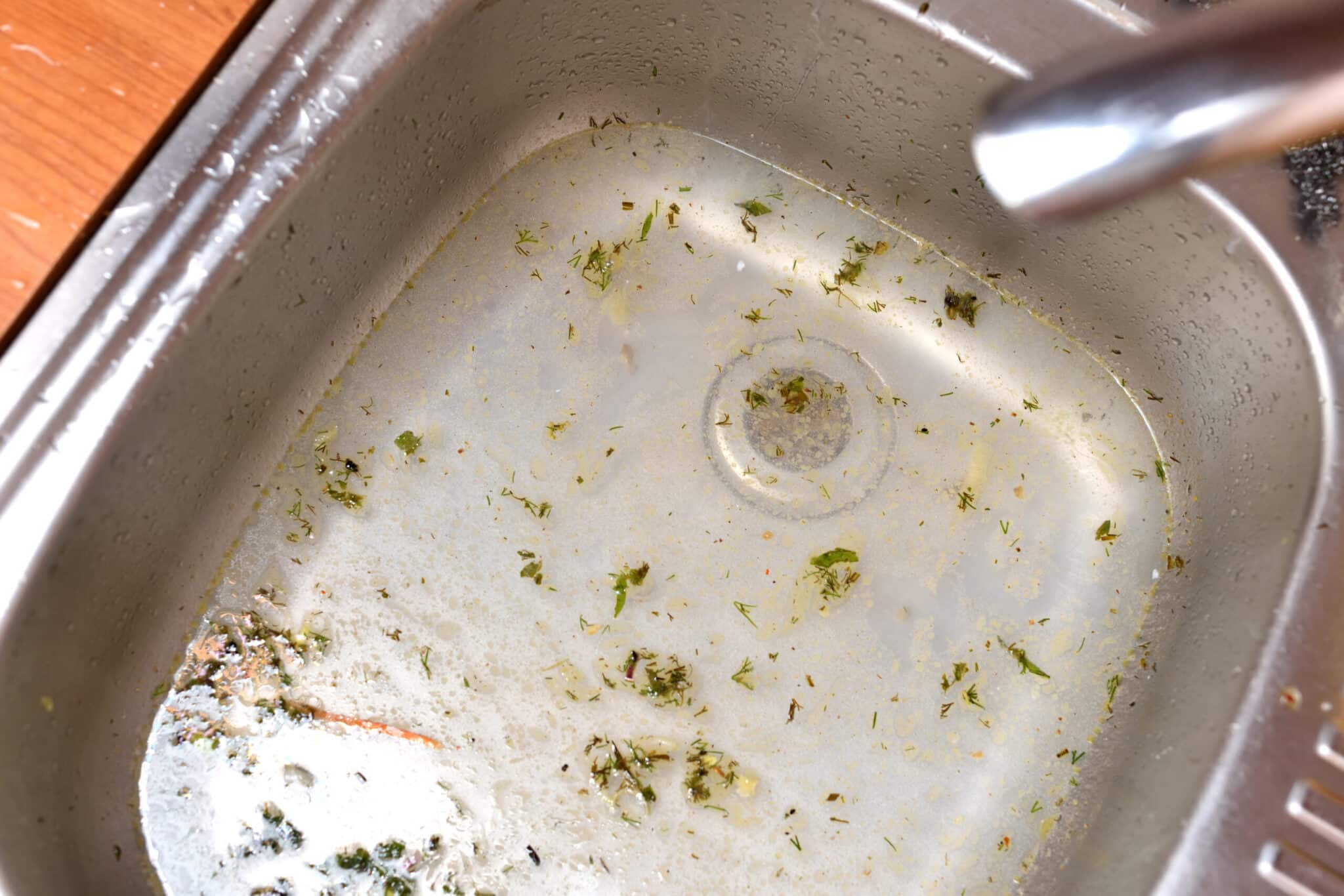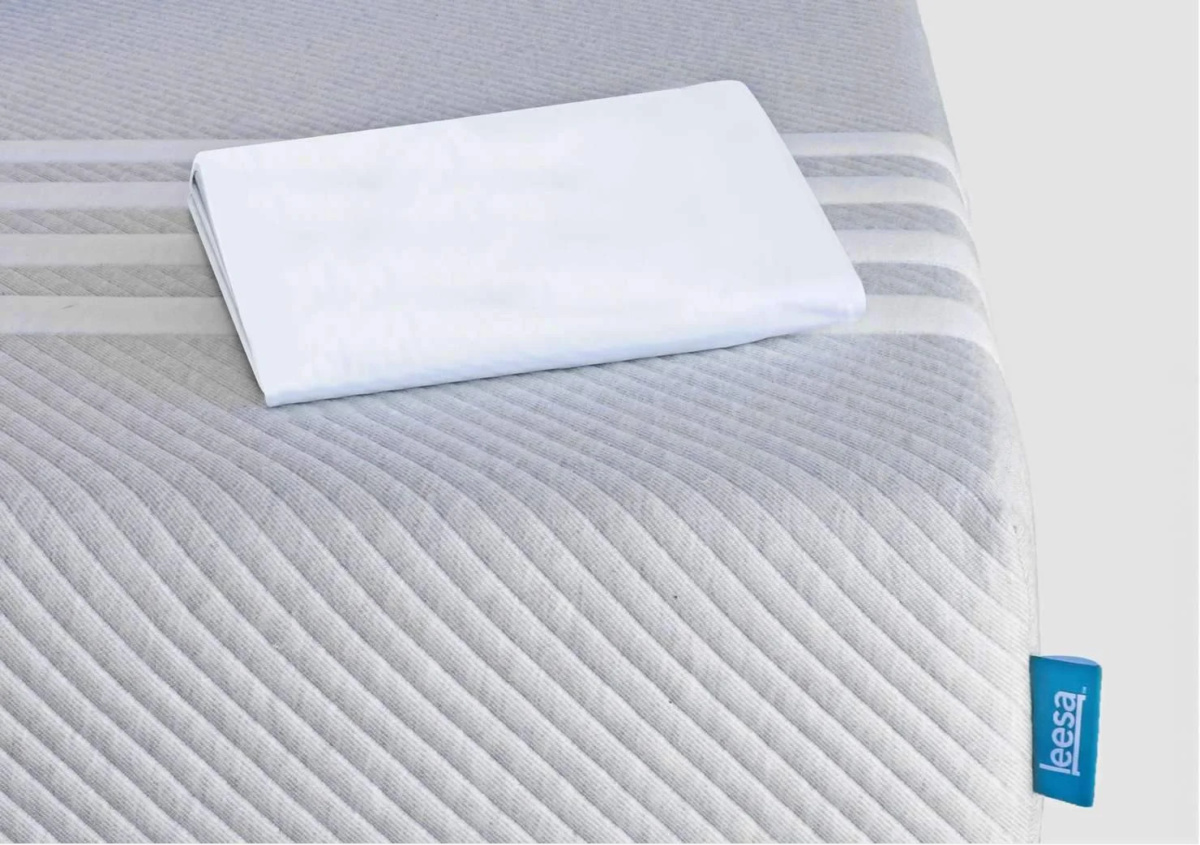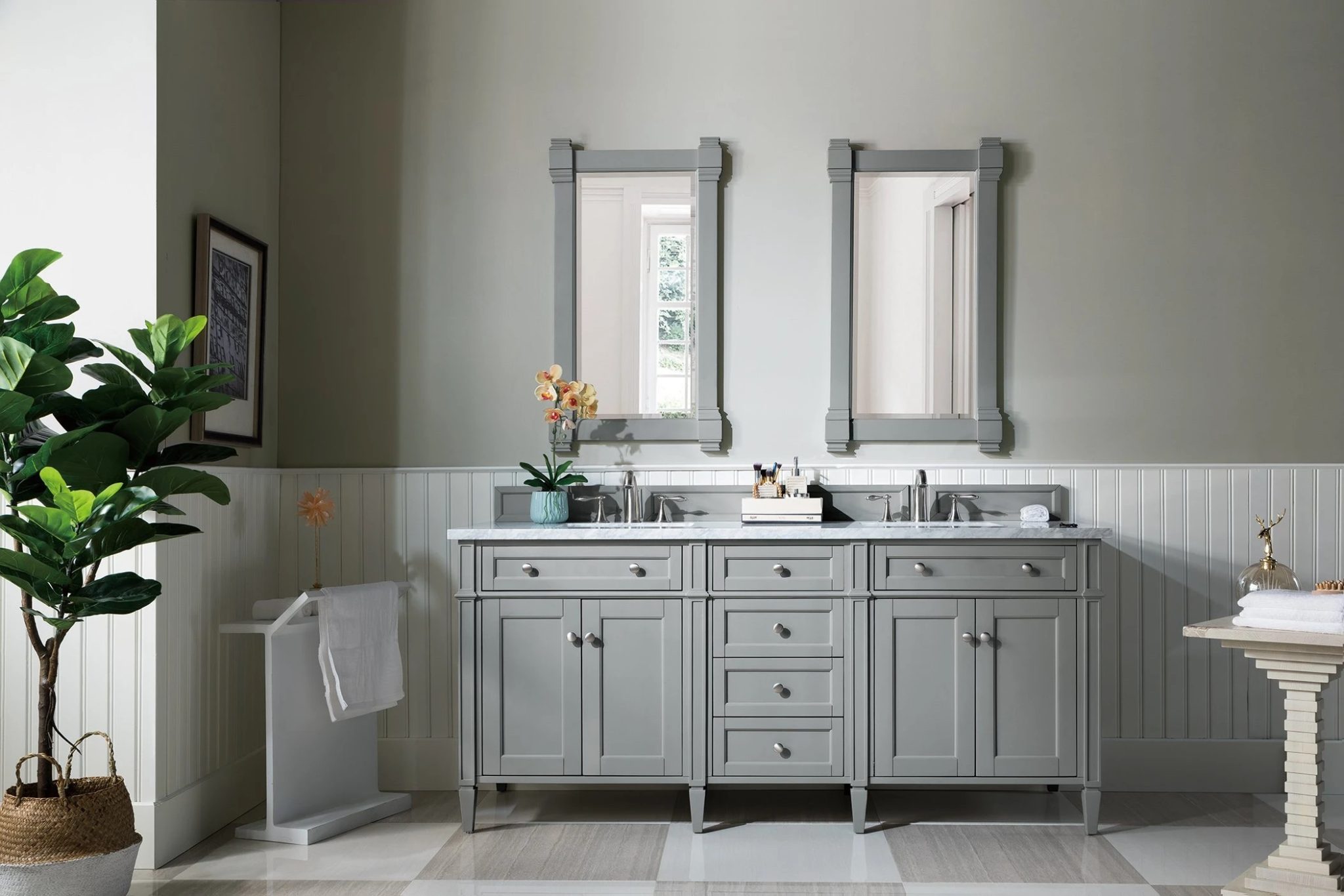If your kitchen sink is not draining well, it's time to take action. A clogged kitchen sink can be a major inconvenience and can disrupt your daily routine. The good news is that unclogging a kitchen sink is not as difficult as you may think. With a few household items and some simple techniques, you can easily get your sink back to its normal functioning state in no time.Unclog a Kitchen Sink
A slow-draining kitchen sink is a common problem that can be caused by various factors. First, you need to identify the cause of the slow drainage. It could be a buildup of food particles, grease, or other debris in the drain pipe. To fix this issue, you can try using a plunger to dislodge the buildup or use a homemade solution of hot water, baking soda, and vinegar to break down the debris.How to Fix a Slow-Draining Kitchen Sink
If your kitchen sink is completely clogged and not draining at all, you may need to take more drastic measures. One effective method is to use a plumbing snake, also known as a drain auger. This tool is inserted into the drain and can help break up the clog and remove it. You can also try using a chemical drain cleaner, but be cautious as these can be harsh and may damage your pipes.Clearing a Clogged Kitchen Sink Drain
If you prefer to use natural or DIY methods to unclog your kitchen sink, there are several options available. One popular method is to pour a mixture of hot water and dish soap down the drain to break up any buildup. You can also try using a combination of baking soda and vinegar, which will create a foaming reaction that can help loosen and remove debris.DIY Solutions for a Slow-Draining Kitchen Sink
Understanding the common causes of a slow-draining kitchen sink can help you prevent future clogs. Some of the main culprits include food particles, grease, and soap scum. To prevent these from building up in your drain, make sure to use a drain stopper or strainer to catch any debris before it goes down the drain. It's also a good idea to regularly clean your drain with hot water and a mild cleaning solution.Common Causes of a Slow-Draining Kitchen Sink
A plunger is a simple and effective tool for unclogging a kitchen sink. To use a plunger, you will need to cover the overflow drain (if your sink has one) with a wet cloth or tape to create a tight seal. Then, place the plunger over the drain and create a suction by pushing and pulling the handle up and down. This will help to dislodge and remove any blockages in the drain.How to Use a Plunger on a Kitchen Sink
As mentioned earlier, a mixture of baking soda and vinegar can be a powerful DIY solution for a clogged kitchen sink. To use this method, start by pouring a pot of boiling water down the drain to help loosen any debris. Then, pour half a cup of baking soda down the drain, followed by half a cup of vinegar. Let the mixture sit for a few minutes before flushing it down with hot water.Using Baking Soda and Vinegar to Unclog a Kitchen Sink
If you have a stubborn clog in your kitchen sink, a plumbing snake may be your best bet. To snake a kitchen sink drain, start by removing the drain cover and inserting the snake into the drain. Use the handle to rotate the snake and break up any clogs. Once you feel the snake has reached the clog, continue to rotate it until the clog is cleared. Then, flush the drain with hot water to remove any remaining debris.How to Snake a Kitchen Sink Drain
The best way to deal with a clogged kitchen sink is to prevent it from happening in the first place. Some preventive measures include using a drain stopper or strainer, avoiding pouring grease or oils down the drain, and regularly cleaning your drain with hot water and a mild cleaning solution. It's also important to avoid putting large food particles down the drain and to run hot water down the drain after each use.Preventing a Kitchen Sink from Clogging
If you have tried all of the above methods and your kitchen sink is still not draining well, it may be time to call a professional plumber. They have the necessary tools and expertise to handle more severe clogs and can also inspect your pipes for any potential issues. It's always best to leave plumbing work to the professionals to avoid causing further damage to your pipes.When to Call a Professional for a Clogged Kitchen Sink
Ways to Fix a Kitchen Sink That is Not Draining Well
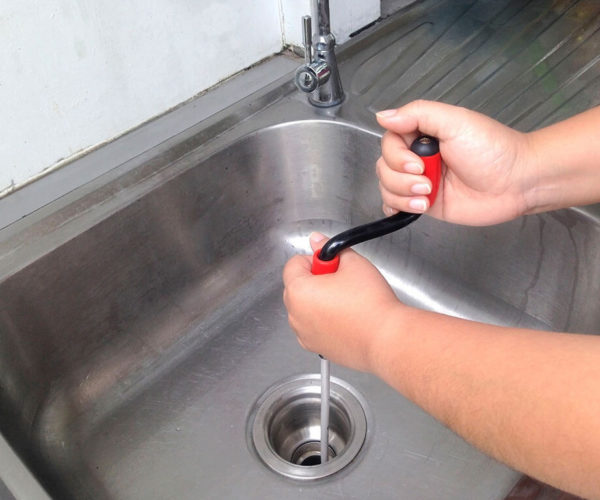
A clogged kitchen sink can be a major inconvenience and can disrupt the flow of your daily routine. You may be in the middle of cooking a meal and suddenly find that the water is not draining properly, causing dirty dishes to pile up and a foul odor to linger in your kitchen. Not only is this frustrating, but it can also be a health hazard. It is important to address this issue as soon as possible to avoid further damage and potential plumbing emergencies. Here are some tips on how to fix a kitchen sink that is not draining well.
1. Use a Plunger

One of the most common and effective ways to unclog a kitchen sink is by using a plunger. Make sure to use a plunger specifically designed for sinks, as these are smaller and can create a tighter seal. Cover the drain with the plunger and push down firmly, then pull up quickly. Repeat this motion a few times to create suction and dislodge any debris or buildup causing the clog.
2. Try Baking Soda and Vinegar

Baking soda and vinegar are natural and non-toxic alternatives to harsh chemical drain cleaners. Start by pouring a pot of boiling water down the drain, then add a cup of baking soda. Let it sit for a few minutes, then pour a cup of vinegar down the drain. The chemical reaction between the two will help break down any buildup in the pipes. Follow it with another pot of boiling water to flush out the mixture and any remaining debris.
3. Use a Plumbing Snake
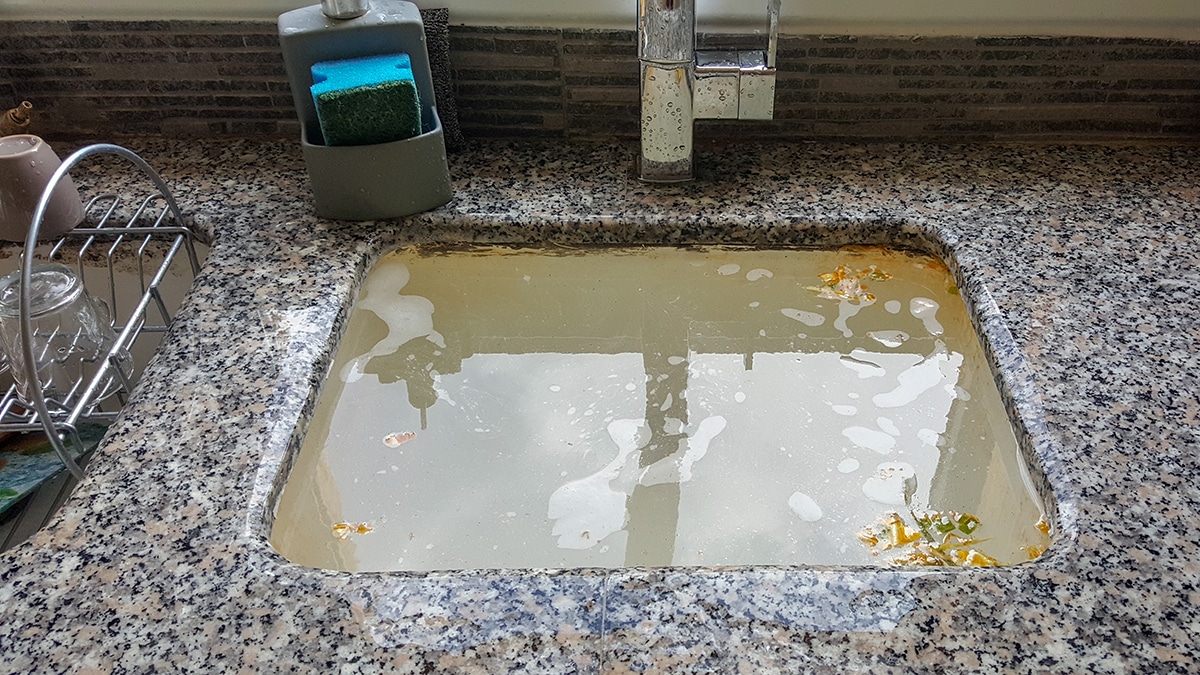
A plumbing snake, also known as a drain auger, is a long, flexible tool that can be inserted into the drain to break up and remove any clogs. Start by inserting the snake into the drain and turning the handle to push it further down the pipe. When you feel resistance, rotate the snake to break up the clog. Once the clog is cleared, pull the snake back out.
4. Call a Professional

If the above methods do not work or if you are uncomfortable attempting to fix the issue yourself, it is best to call a professional plumber. They have the necessary tools and experience to properly diagnose and fix any plumbing issues. They can also provide advice on how to prevent future clogs and maintain your kitchen sink.
In conclusion, a kitchen sink that is not draining well can be a major inconvenience, but it is not an uncommon problem. By following these tips and taking preventative measures, you can keep your kitchen sink running smoothly and avoid any potential plumbing emergencies.
/plumber-unclogging-kitchen-sink-169270382-5797a9355f9b58461f27f024.jpg)

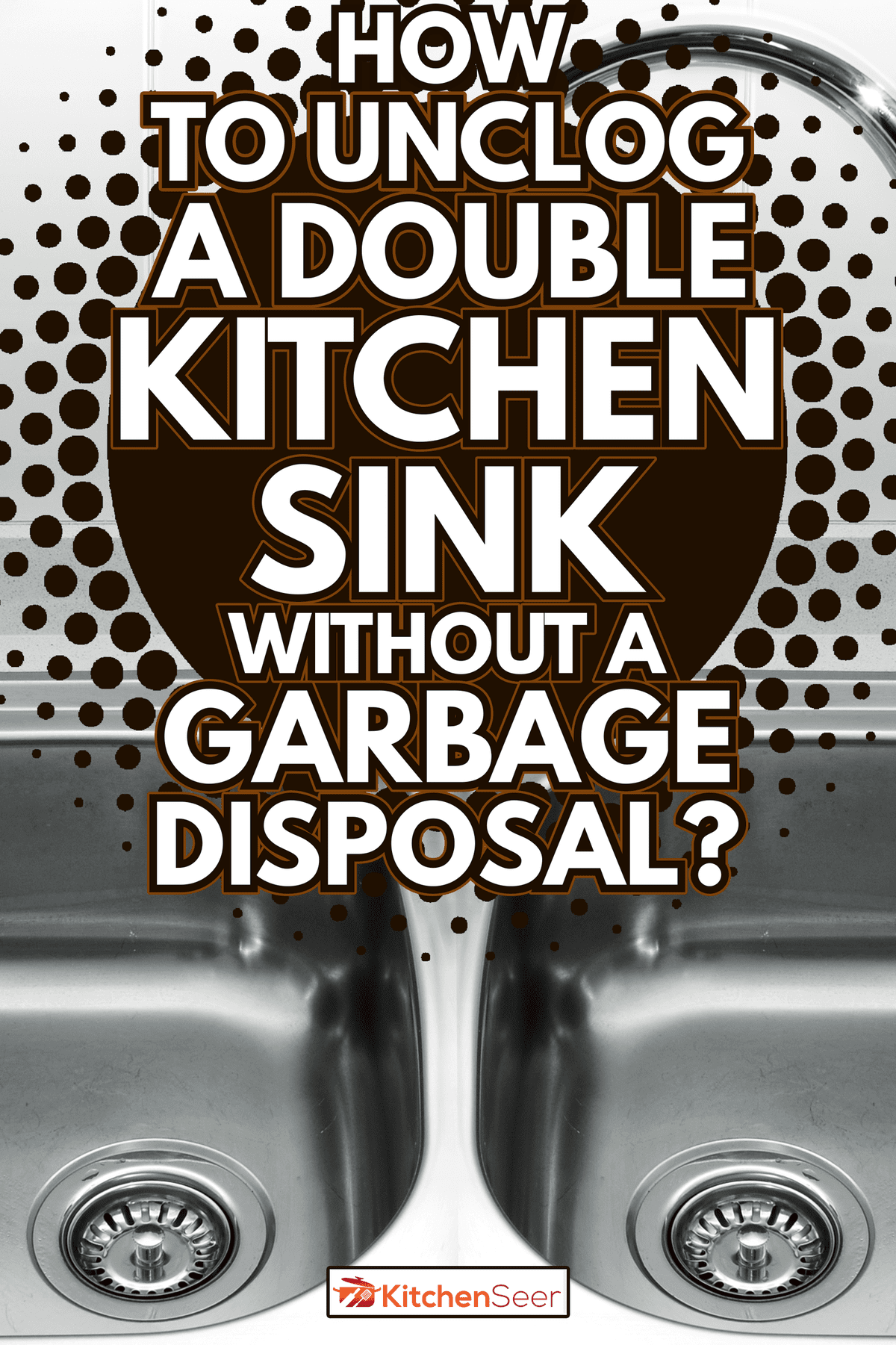




:max_bytes(150000):strip_icc()/how-to-unclog-a-kitchen-sink-2718799_sketch_FINAL-8c5caa805a69493ab22dfb537c72a1b7.png)










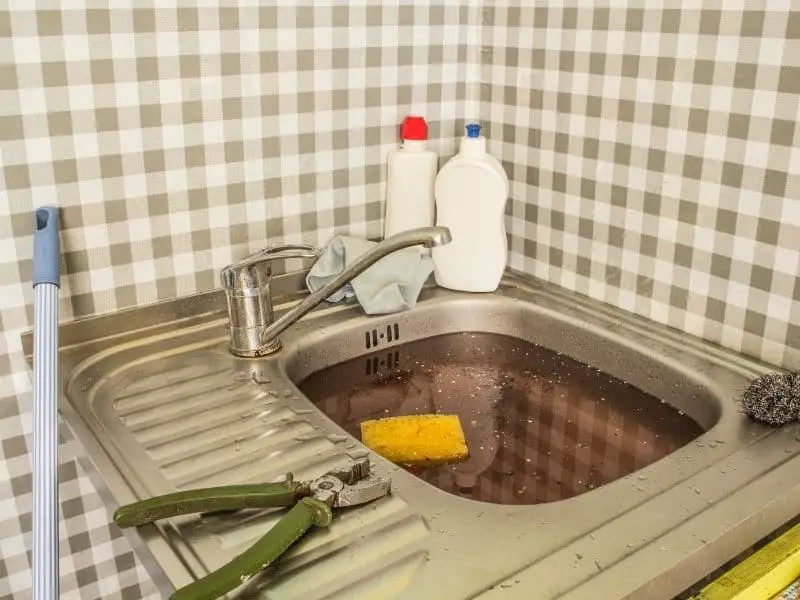



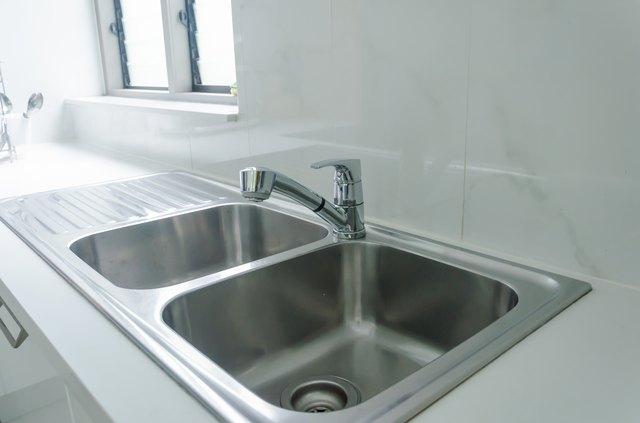


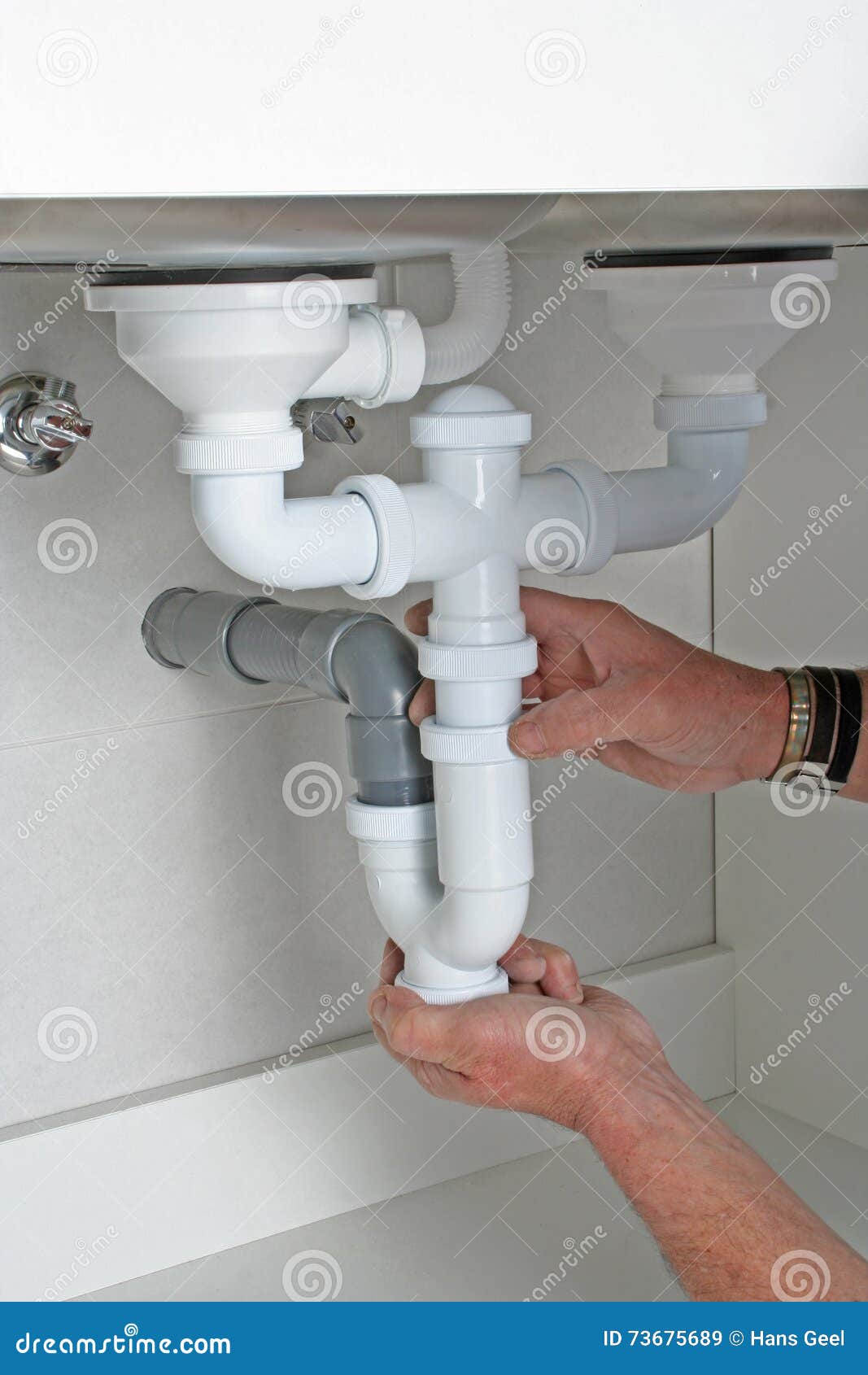


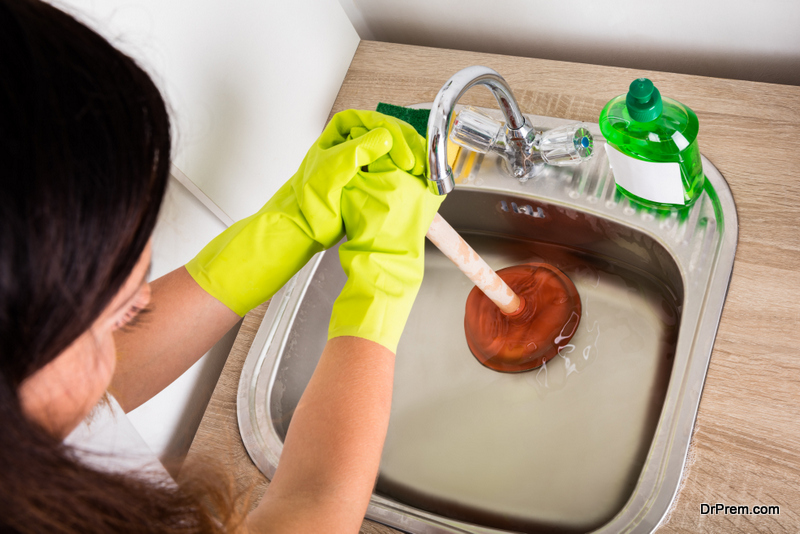
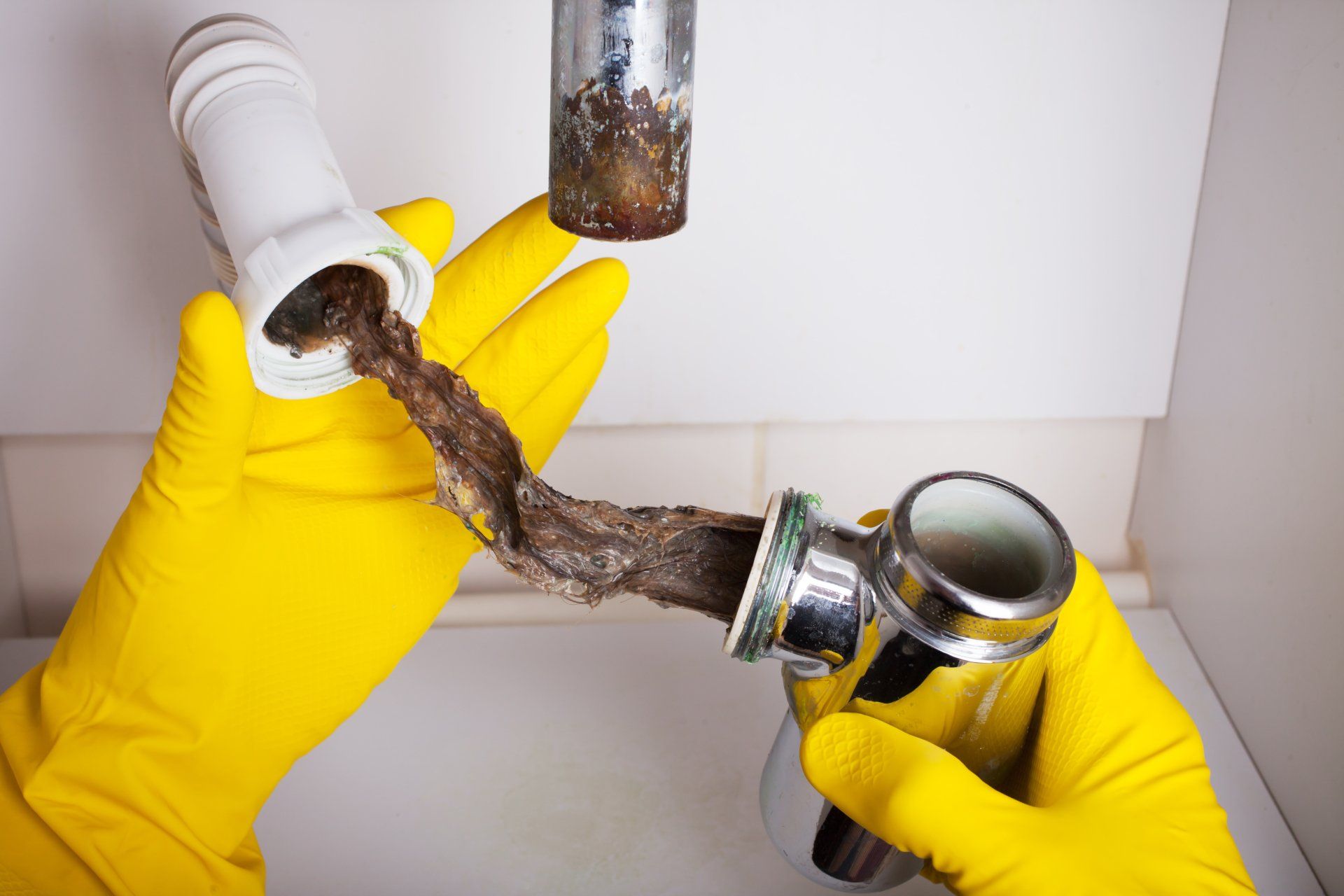

:max_bytes(150000):strip_icc()/freshen-and-unclog-drain-with-baking-soda-1900466-22-bbf940b70afa4d5abef0c54da23b1d3f.jpg)
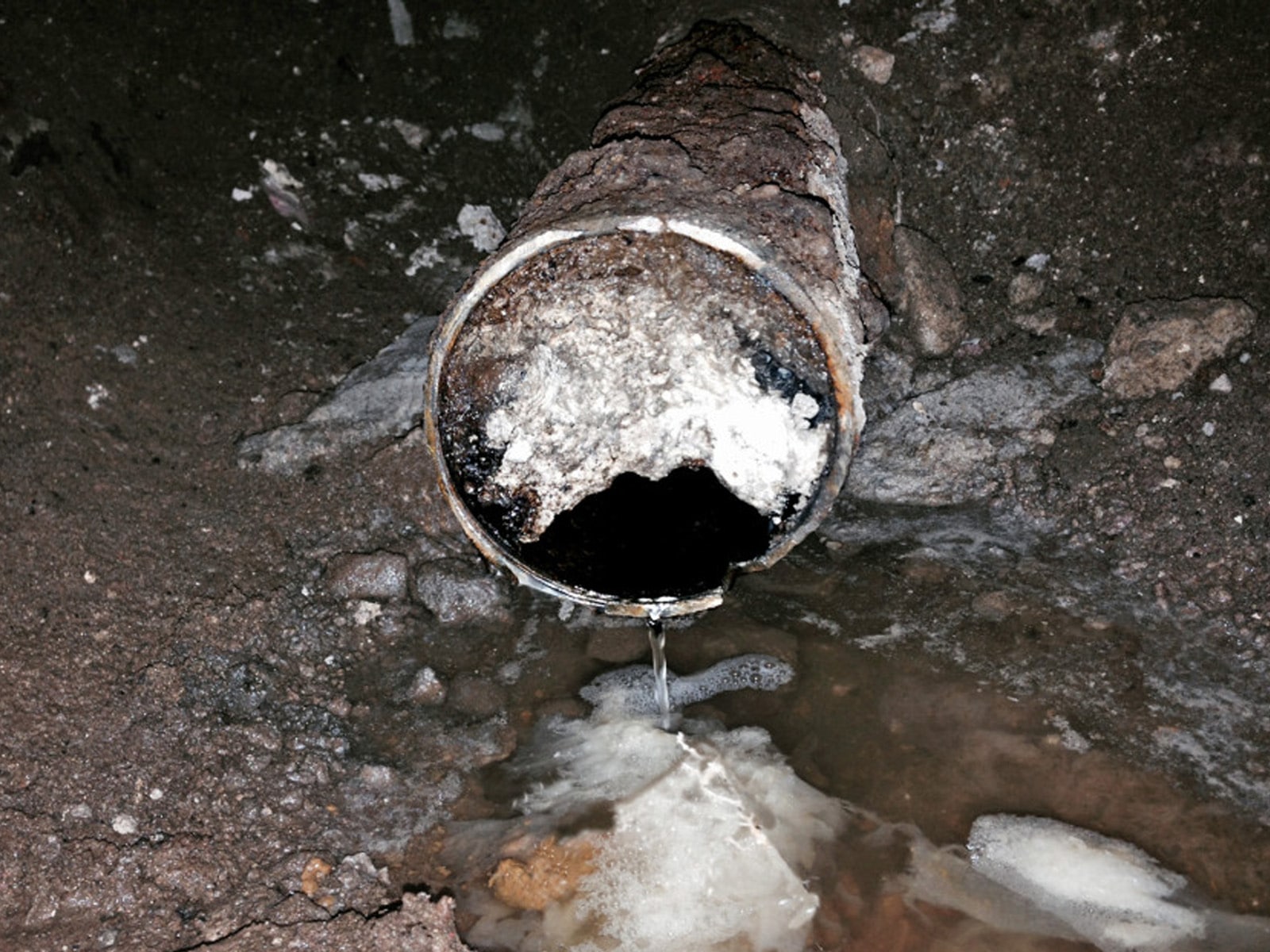




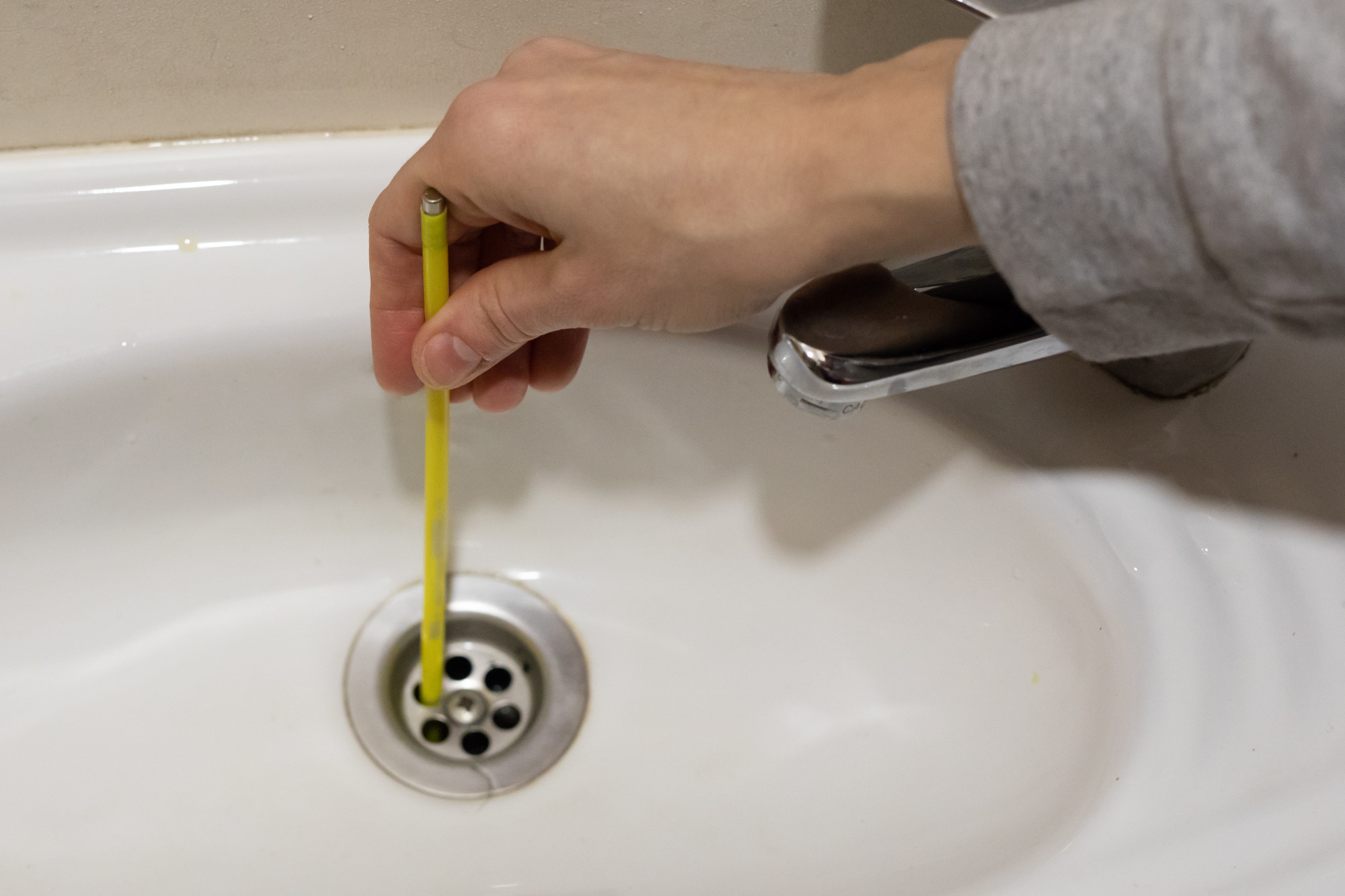
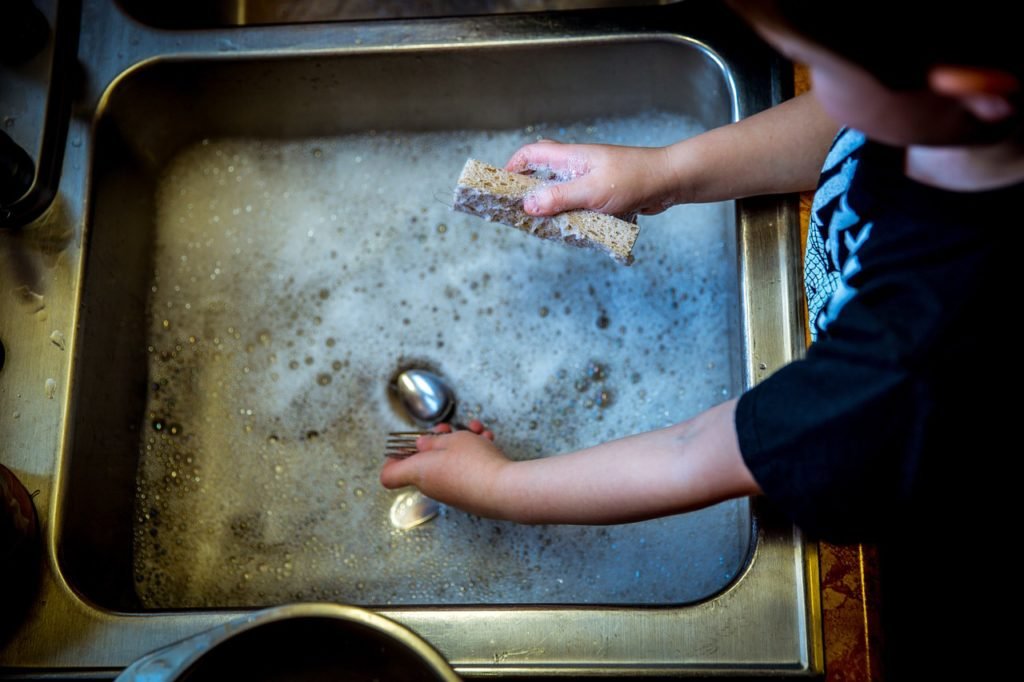

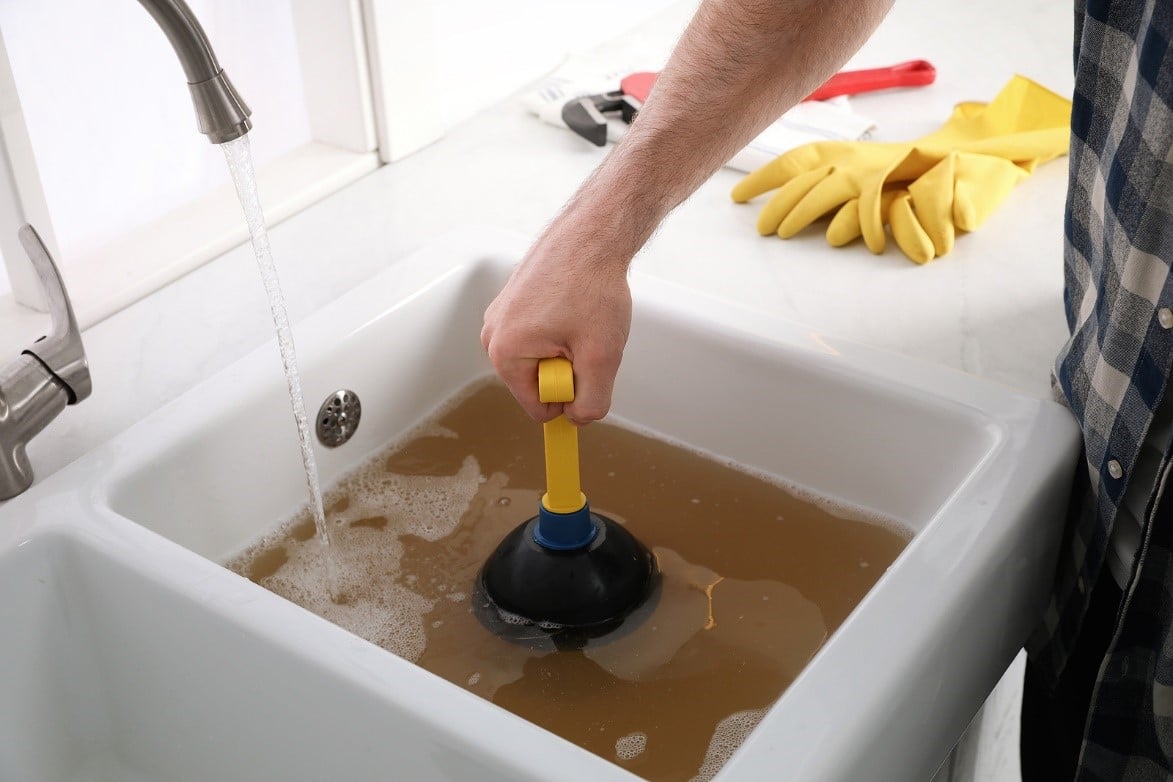
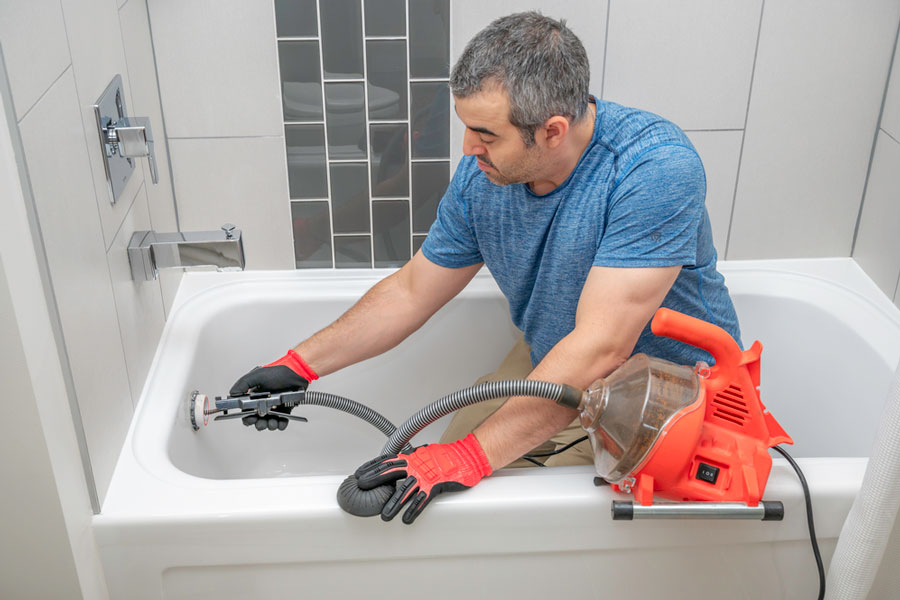
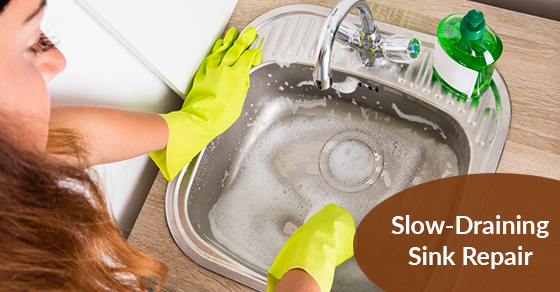

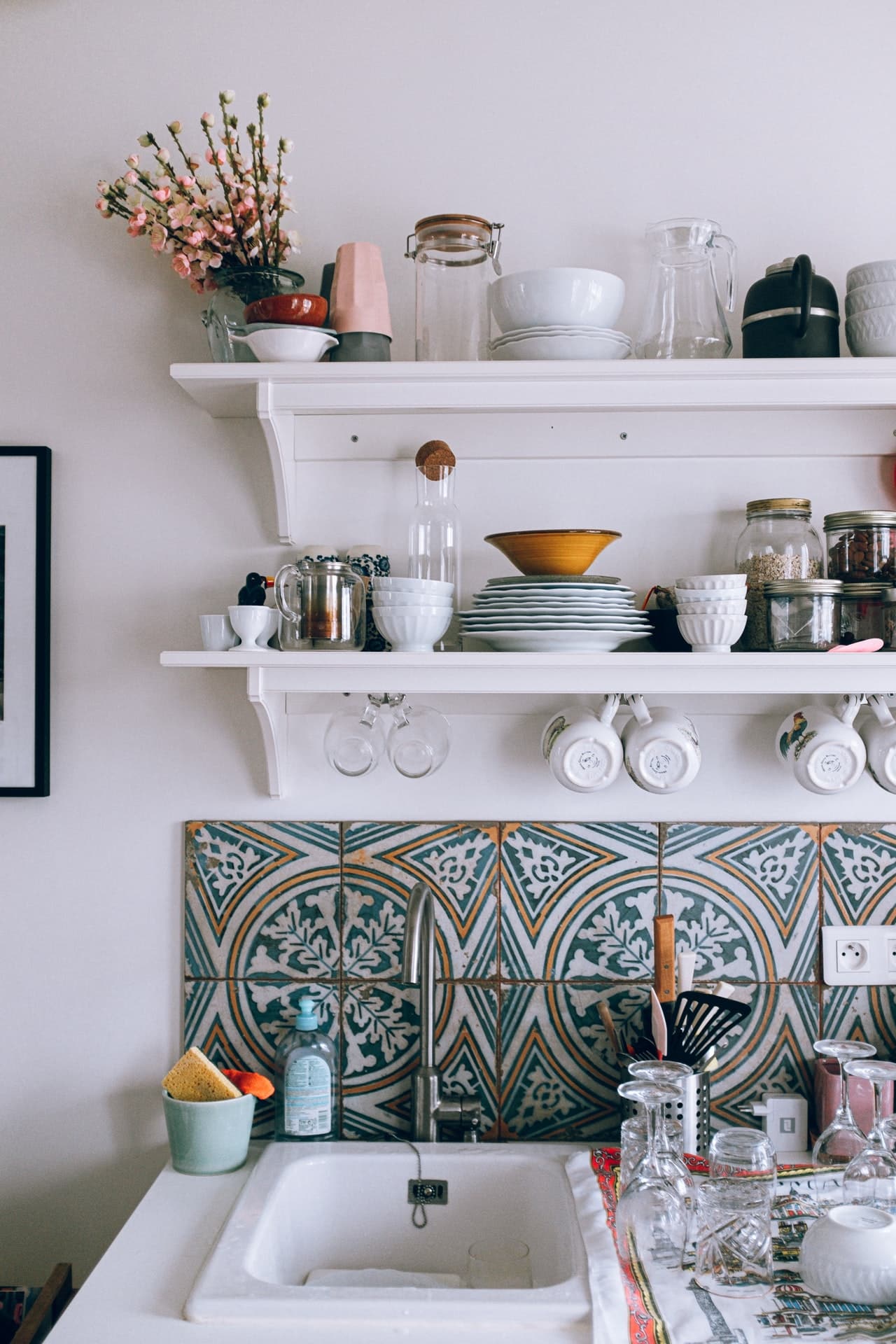

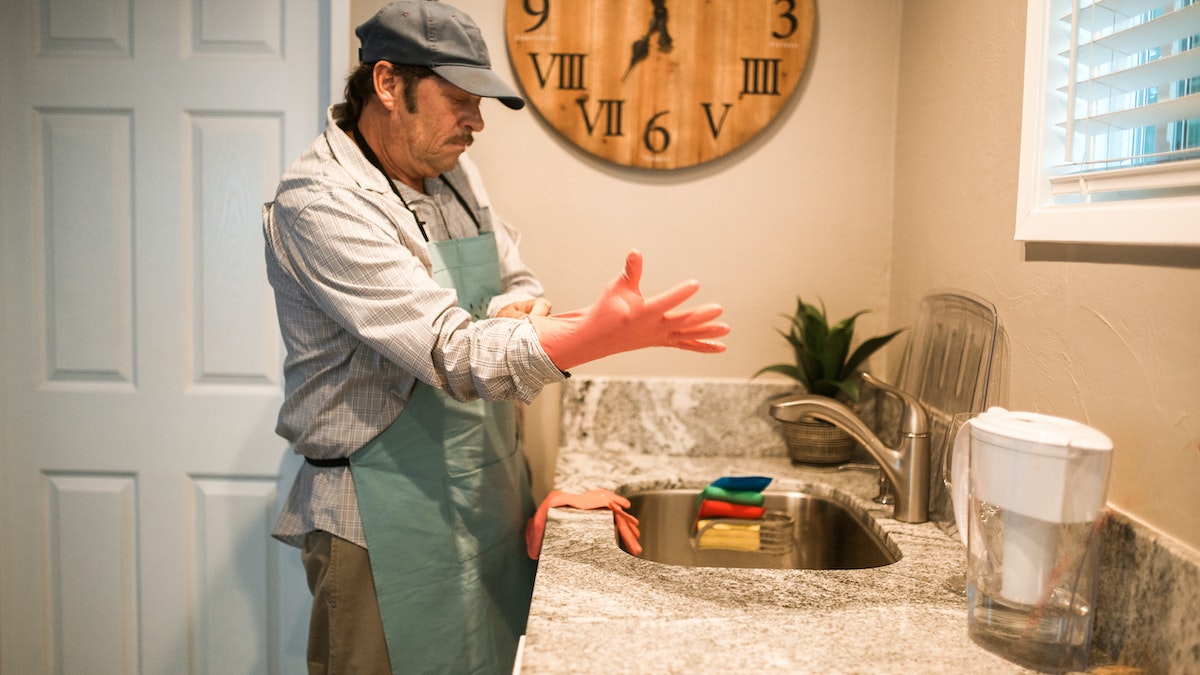
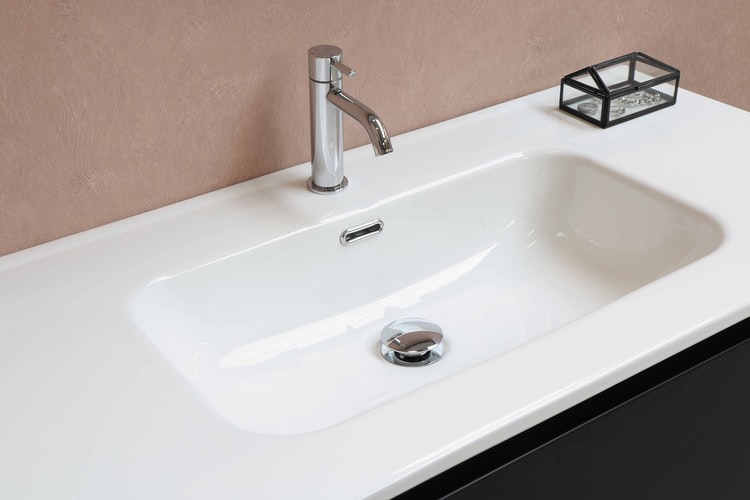

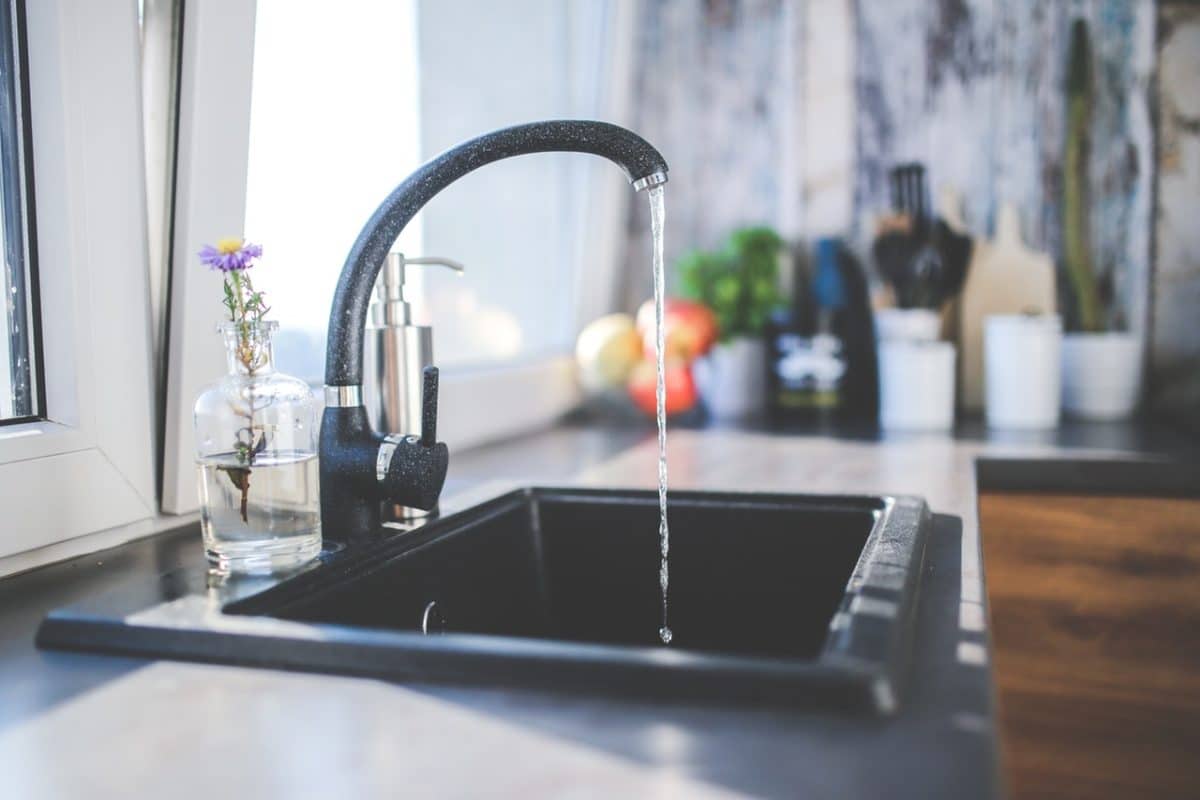


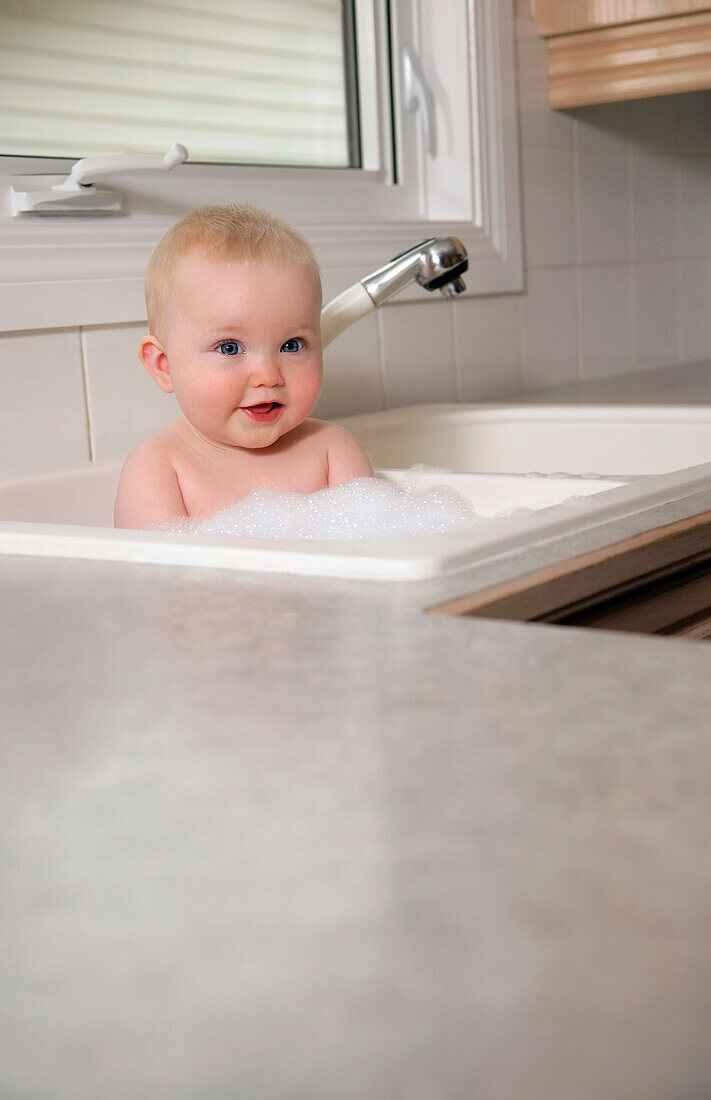


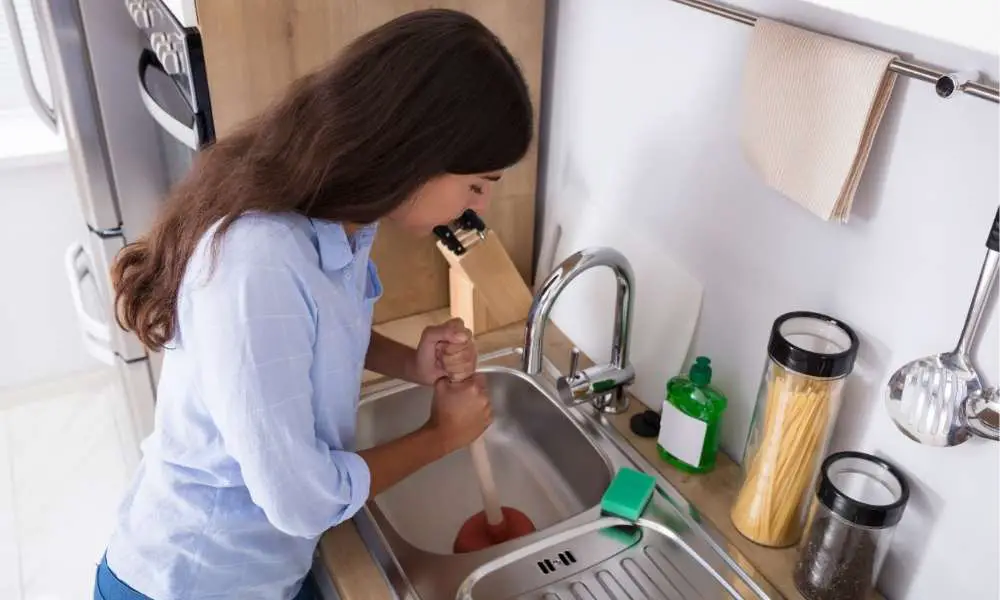


/woman-wearing-yellow-washing-up-gloves-to-unblock-sink-using-plunger-close-up-131987463-5887cfc03df78c2ccd92ec9e.jpg)


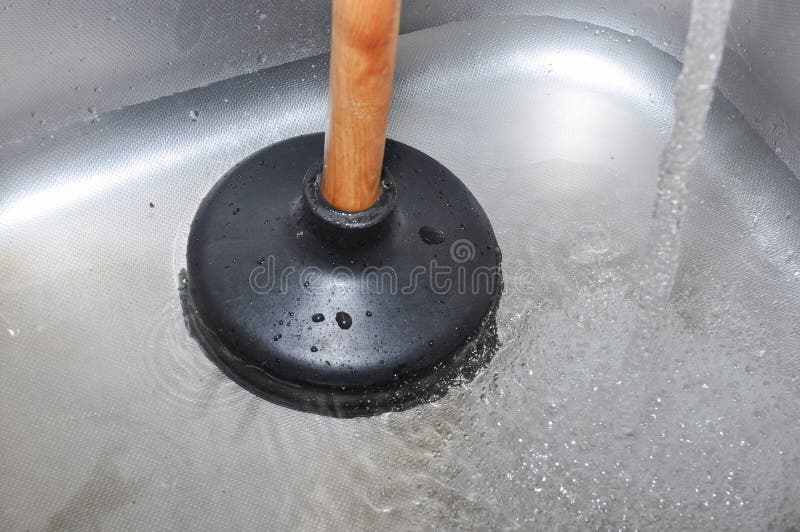

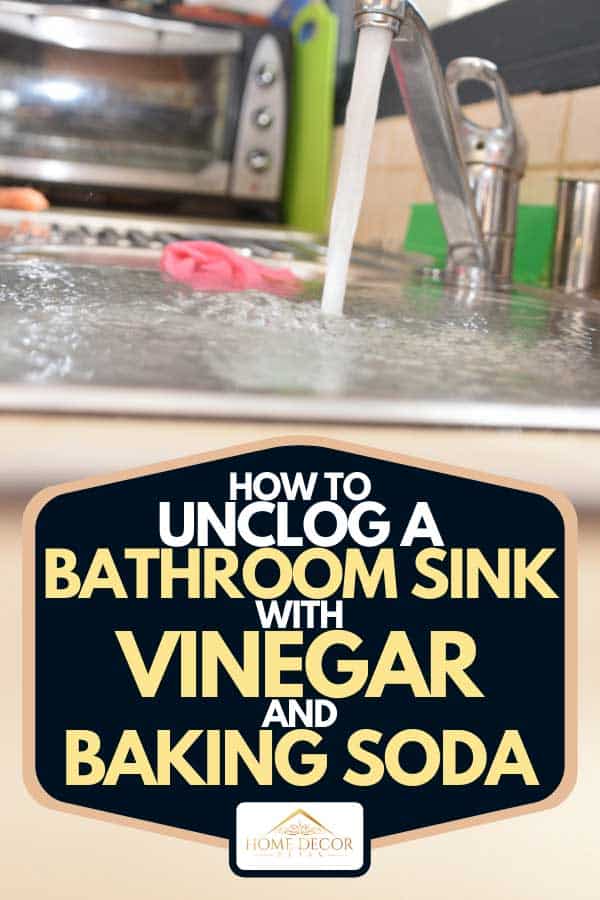

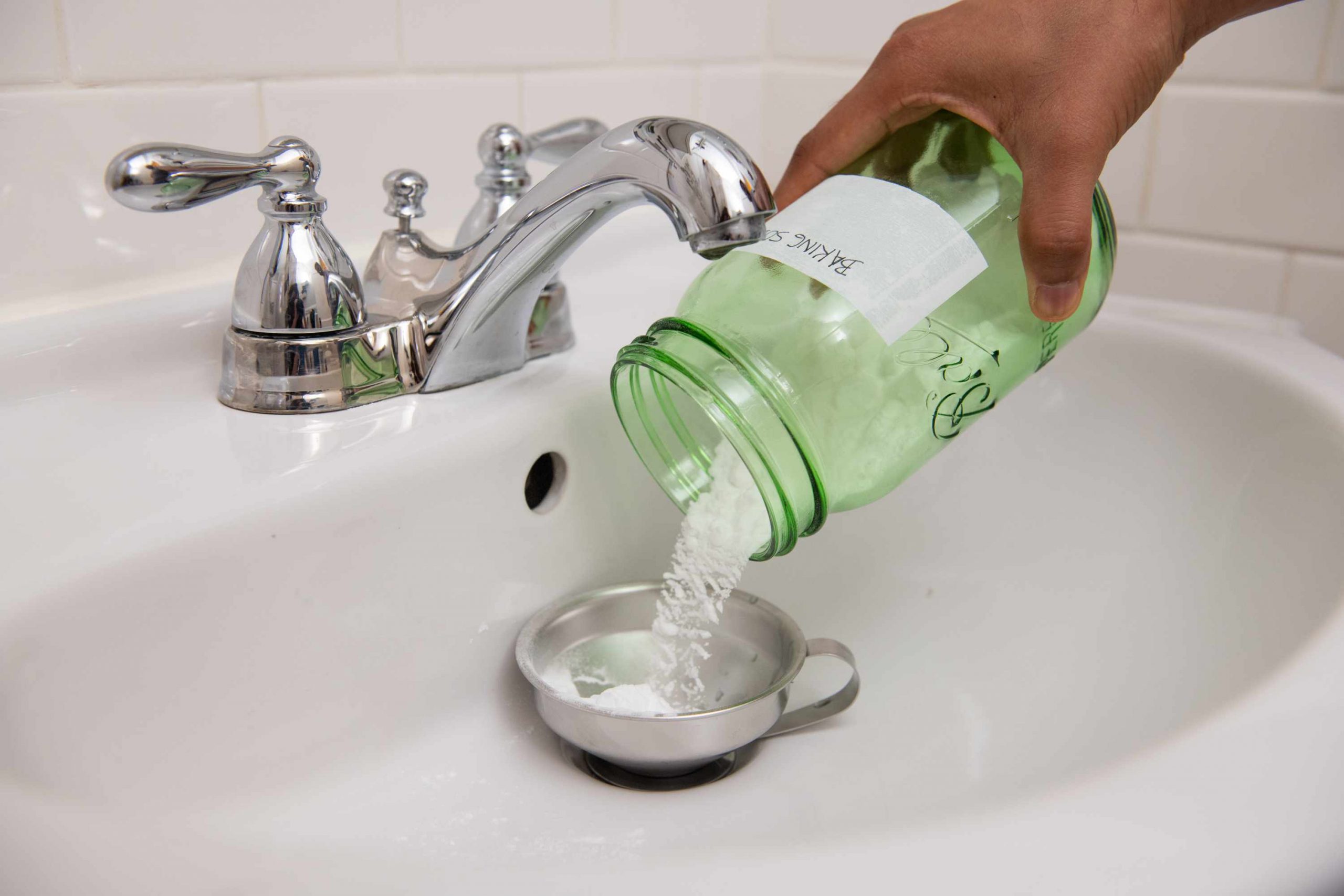
:max_bytes(150000):strip_icc()/freshen-and-unclog-drain-with-baking-soda-1900466-22-bbf940b70afa4d5abef0c54da23b1d3f.jpg)
